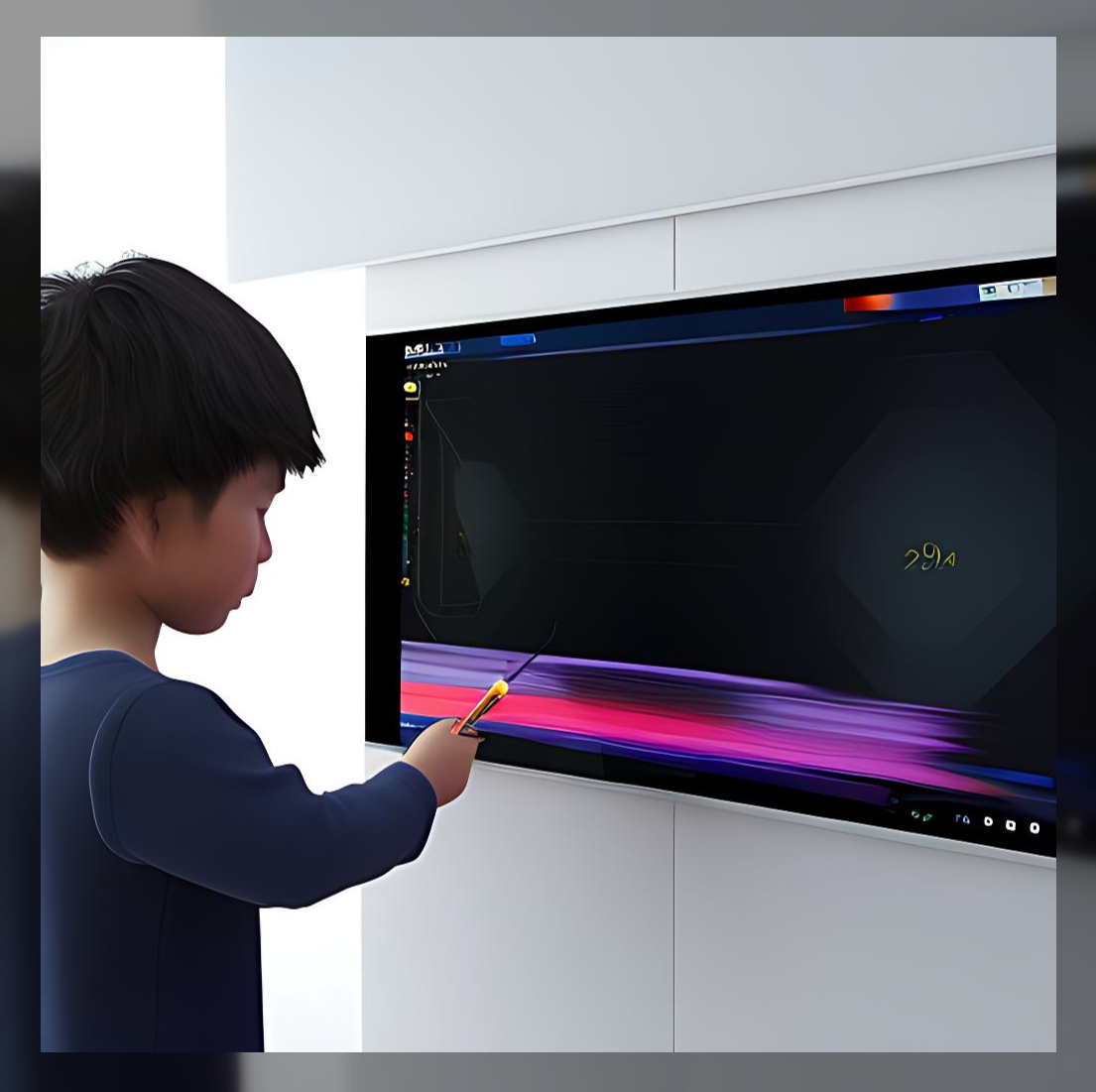The power of drag and drop interaction in special education
By Ivana Vasilevska Petrovska
The significance of technology in offering assistance to students with special needs is widely acknowledged and research supports the use of both certain hardware platforms, like mobile devices, as well as specialized software and apps. The role of educational technology for students with special needs is expected to become more widespread and it is essential for educators to stay up-to-date with technological advancements to make informed decisions on how to utilize these technologies in their teaching.
In our project we utilize the ‘drag and drop’ functionality by which users can select an object or a section of text and can move it to a desired location and "drop" it there.

Drag and drop is a common UI interaction that allows users to transfer data between locations by directly moving a visual representation on screen. It is a flexible, efficient, and intuitive way for users to perform a variety of tasks, and is widely supported across both desktop and mobile operating systems. Although drag and drop is accessible to mouse and touchscreen users, research showed that touchscreen performs better than any other device.
The drag and drop function on touch screen devices can be a highly useful tool in special needs education, providing students with a new and interactive way of learning that can be both fun and engaging. Touch screen technology has revolutionized the way people interact with digital devices, and by incorporating drag and drop features, it has opened up a whole new world of educational opportunities for students with special needs.
One of the ways in which drag and drop technology can be used in special needs education is by enhancing fine motor skills. For students with motor difficulties, dragging and dropping items on a touch screen device can be a great way to improve their dexterity and hand-eye coordination. The repetitive motion of moving objects from one place to another, and the need to be precise in their movements, can help to improve their fine motor skills over time.

In addition to improving fine motor skills, drag and drop technology can also be used to improve hand-eye coordination. By requiring students to use both their visual and physical abilities to complete activities, drag and drop activities can be a great way to build this important skill. This is especially important for students with special needs who may struggle with coordination due to a physical or cognitive disability.
Another benefit of drag and drop technology in special needs education is that it can make learning interactive and fun. By incorporating drag and drop features into educational activities, students can be actively engaged in their own learning, rather than simply passively consuming information. This can help to increase student motivation and engagement, which is particularly important for students with special needs who may struggle to stay focused during traditional educational activities.
Moreover, drag and drop technology can be used to improve memory and comprehension skills. By requiring students to recall information and apply it through interactive activities, drag and drop activities can help to reinforce learning and build long-term memory. This is especially important for students with special needs who may struggle with memory retention due to a cognitive disability.
Finally, drag and drop technology can also be used for differentiated instruction. With customizable activities and the ability to adapt to different learning styles and abilities, drag and drop technology can be a great tool for teachers to use in the classroom. This can help to ensure that all students are able to participate and engage in the learning process, regardless of their individual needs and abilities.
In conclusion, the drag and drop function on touch screen devices has a wide range of applications in special needs education. From enhancing fine motor skills and hand-eye coordination to making learning interactive and improving memory and comprehension, drag and drop technology has the potential to transform the way students with special needs learn and interact with the world around them. By incorporating this technology into their educational programs, schools can help to ensure that all students have access to the tools they need to succeed and reach their full potential.
